Erang Hanok Stay (이랑한옥스테이)
15.0Km 2024-12-23
1571-6 , Indeok-ro, Imsil-gun, Jeonbuk-do
+82-10-3119-5300
Irang Hanok Stay stands in Deokchi Village, Imsil-gun, Jeollabuk-do. The village has the Seomjin River flowing past it and mountains all round it, so this is a benign and beautiful spot. Accomodation consists of four renovated hanok, each let out as a single house. Each house has one ondol room, one bedroom, a kitchen/living room, and a bathroom. The numaru(raise floor) and toenmaru(wooden veranda) are depending on the room.
Cooking strong smelling food inside is not allowed, but there is a barbecue space in the yard. An outdoor swimming pool is open in the summer.
Hoemunsan National Recreational Forest (국립 회문산자연휴양림)
15.3Km 2024-04-07
249, Ansim-gil, Sunchang-gun, Jeonbuk-do
+82-63-653-4779
Hoemunsan National Recreational Forest, located in Sunchang, Jeollabuk-do, opened in 1993 with a daily maximum limit of 500 people. There’s a waterfall next to the rock gate near the entrance of the forest and a suspension bridge further ahead. Above the suspension bridge is an observatory that provides visitors with a panoramic view of the area. The 5.5 kilometer path to the peak has various types of trees and flowers and also houses many different types of birds. The forest has many facilities including a water playground, exercise machines, volleyball court, pagoda, walking trails, and hiking trails.
Hoemunsan Mountain (회문산)
15.3Km 2024-04-07
249, Ansim-gil, Sunchang-gun, Jeonbuk-do
+82-63-653-4779
Hoemunsan Mountain (alt. 830 m) stands at the border of Imsil-gun, Sunchang-gun, and Jeongeup-si. It consists of three peaks — Hoemunbong, Janggunbong, and Gitdaebong Peaks — and stretches 8 kilometers from east to west and 5 kilometers from north to south. Because the Seomjingang River, flowing from Okjeongho Lake, surrounds Hoemunsan Mountain on two sides, the view from the peak is fascinating. There are many valleys popular for water play in the summer, drawing many visitors to the villages of Deokchi and Cheondam.
Naejangsan Cultural Tourism Musical Fountain (내장산 문화관광 음악분수)
17.0Km 2024-04-07
37 Naejanghoban-ro, Jeongeup-si, Jeonbuk-do
The Naejangsan Cultural Tourism Musical Fountain, set within Naejangsan Water Park, boasts an impressive array of over 110 songs, ranging from children's tunes and pop hits to movie soundtracks. Accompanied by 14 unique fountain shows featuring various types, the display is indeed a sight to behold. Spanning 56 meters in length and 21 meters in x_width, the fountain includes 463 nozzles and 276 underwater lights, all designed to captivate and amaze onlookers. The musical fountain offers three performances daily, each catering to different music tastes and themes. The 19:00 show highlights classic pop songs, the 20:00 show is perfect for young children with a repertoire of children’s music, and the 21:00 show soothes the evening with ballads and idol music. Whether one is with their significant other or enjoying family time, the musical fountain’s performances—akin to a magical dance of water and light—are sure to provide an enchanting experience.
Naejangsan Maple Ecology Park (내장산 단풍생태공원)
17.3Km 2025-08-18
273-17 Naejanghoban-ro, Jeongeup-si, Jeonbuk-do
Naejangsan Maple Ecology Park is created near Jaejangho Lake in Jeongeup and has diverse kinds of trees, included 11 types of indigenous maple trees. The park comprises diverse maple-themed recreational amenities such as Maple Experience Exhibition Center, various gardens, maple tunnel trails, and more. The best time to enjoy the park is in Novemeber when the fall foliage is at its peak and the park hosts a variety of events and exhibitions.
Chungnyeolsa Temple (충렬사)
17.3Km 2024-04-07
228-13, Chungjeong-ro, Jeongeup-si, Jeonbuk-do
+82-63-539-5184
Located in Jeongeup, Jeollabuk-do, Chungnyeolsa Temple was established as a shrine to embody the spirit of Admiral “Chungmugong” (honorific title in military) Yi Sun-Sin. He was a great national hero who led the Korean navy to victory in many naval battles using innovative ‘turtle ships’ during the Imjin War (1592-1598).
Situated in the heart of Gumisan Mountain overlooking the city of Jeongeup, the temple is the location of a memorial ceremony held every 28th of April, the birthday of Admiral Yi. The ceremony is meant to pay tribute to the memory of the naval hero and his irreproachable service to the city. Yi Sun-Sin had been appointed as reeve of Jeongeup in 1589 but soon after in 1591 he left the post to work as the chief naval officer of the Jeolla region.
Jeongeup Ssanghwacha Street (정읍 쌍화차거리)
17.4Km 2025-01-09
147 Jungang 1-gil, Jeongeup-si, Jeonbuk-do
This unique street, known for its cafés selling ssanghwacha, is located along Jungang 1-gil, which is about 200 meters from Jeonbuk Jeongeup Police Station, right in the heart of downtown Jeongeup. Ssanghwacha is a traditional Korean tea made by brewing ssanghwatang, an herbal concoction that includes ingredients like white woodland peony, Chinese foxglove, angelica root, cinnamon, and licorice. Often, to cater to personal tastes, nuts such as walnuts and pine nuts, along with egg yolk, are added to the brew. This tea is particularly favored by middle-aged Koreans and is commonly consumed for its restorative properties when one is suffering from a cold or feeling run-down. The flavor is distinctively herbal with a bitter edge and a sweet finish. At the street’s entrance, a sculpture featuring a ssanghwacha teapot offers a warm welcome to visitors. The renowned Ssanghwatang Teahouse, with a history spanning over 30 years, remains a strong presence on this street, accompanied by about ten other large and small teahouses specializing in ssanghwatang. These cafés typically serve traditional Korean desserts like garaetteok (rice cake stick) and nurungji (scorched rice), which complement the herbal tea perfectly.
Wunder Fuel (분더퓨얼)
17.6Km 2025-01-16
249 Chungjeong-ro, Jeongeup-si, Jeonbuk-do
Wunder Fuel is a cafe cafelocated in Jeongeup, Jeonbuk-do. It was renovated and redesigned from an old gas station, keeping the vintage charm while creating an eye-catching look with vivid colors. The cafe's signature menu items are Nutty Combination, a coffee latte beverage with an espresso shot, milk, and peanuts; Choco Butter Pudding, a chocolate croissant topped with a scoop of vanilla ice cream; and Pure Cream Latte, a delicious coffee topped with rich cream. The cafe also sells coffee beans and its unique merchandise like eco bags, tumblers, and mugs. The interior is designed to create an Instagrammable vibe, equipped with a photo zone.
Naejangsan Sculpture Park (내장산조각공원)
17.6Km 2025-01-17
214 Naejanghoban-ro, Jeongeup-si, Jeonbuk-do
Naejangsan Sculpture Park is located at the foothills of Naejangsan Mountain below Seorabong peak. The park exhibits a sculpture from 16 recognized artists who were awarded from Korea's four major art exhibitions. The park is also home to endangered and rare plants, allowing visitors to enjoy art in a nature-friendly atmosphere. The Naejangsan Chrysanthemum Festival is held at this park every fall.
Jeongeupsa Culture Park (정읍사문화공원)
17.8Km 2024-04-07
Sigi-dong, Jeongeup-si, Jeonbuk-do
+82-63-539-6776
Jeongeupsa Culture Park (located in Sigi 3-dong in downtown Jeongeup-si) was built in honor of ‘Jeongeupsa’ a famous Baekje Gayo (a type of poem from the Baekje dynasty). Jeongeupsa is the only poem of the five Baekje Gayos (Jeongeupsa, Mudeungsangok, Bangdeungsangok, Seonunsangok, and Jirisangok) recorded in Hangeul that remains in existence today.
The park, built on the location where the epic poem took place, boasts a 2.5-meter high granite statue of the heroine of Jeongeupsa. Nearby the statue are a shrine and a 2-meter wide monument commemorating the poem. Located in the vicinity are the Jeongeupsa Art Center, the Korean Classical Music Center, the city library, and an outdoor stage.
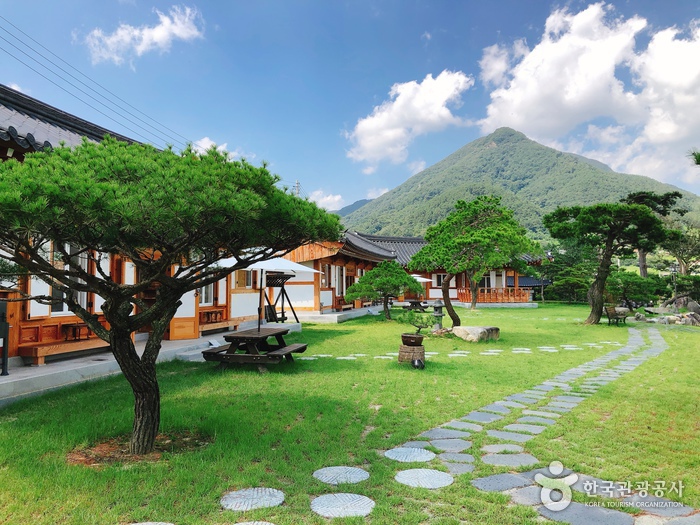
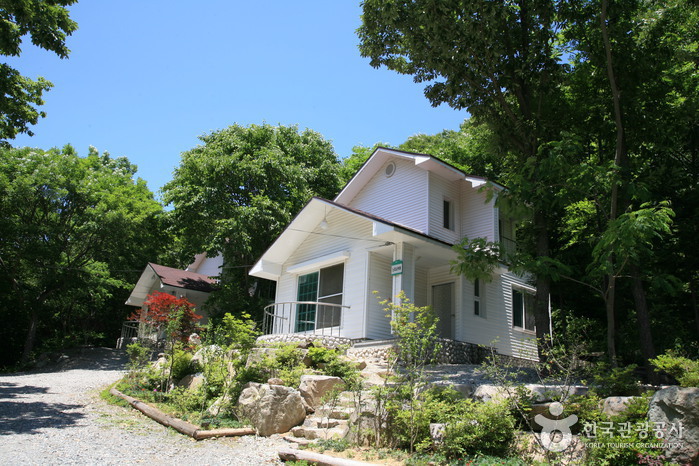

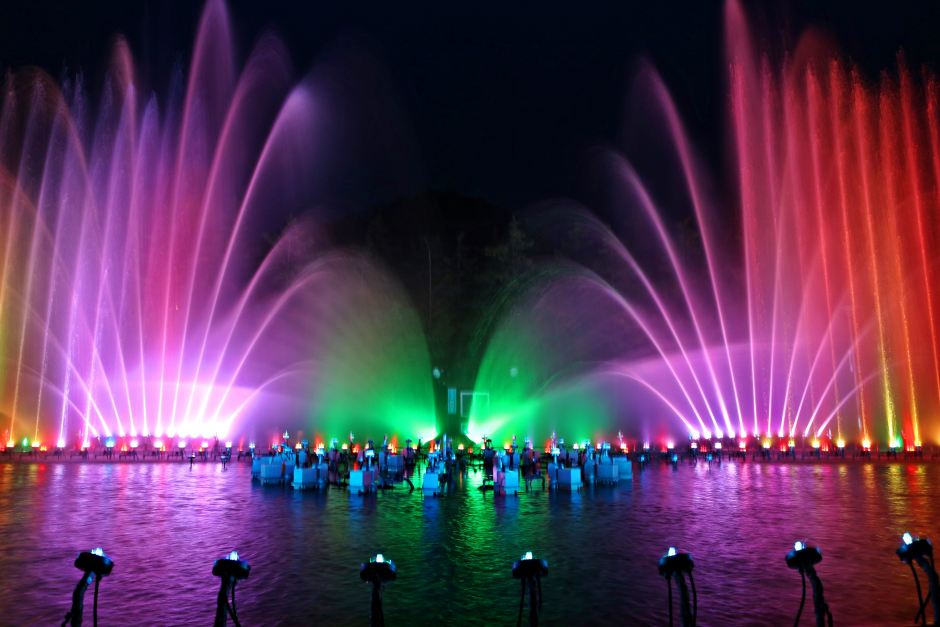
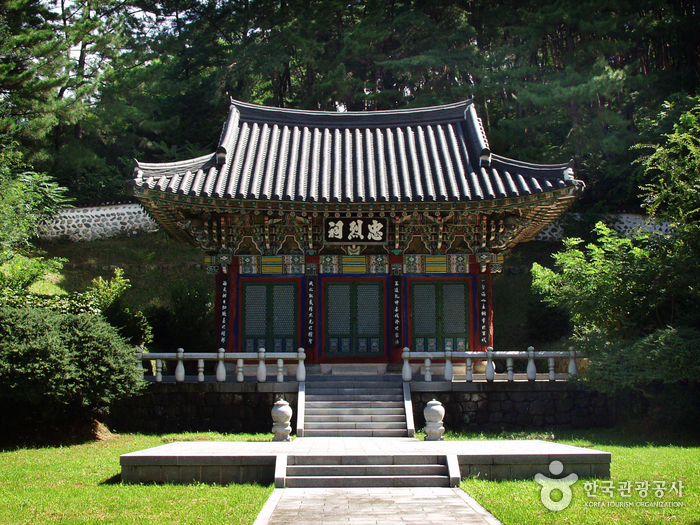
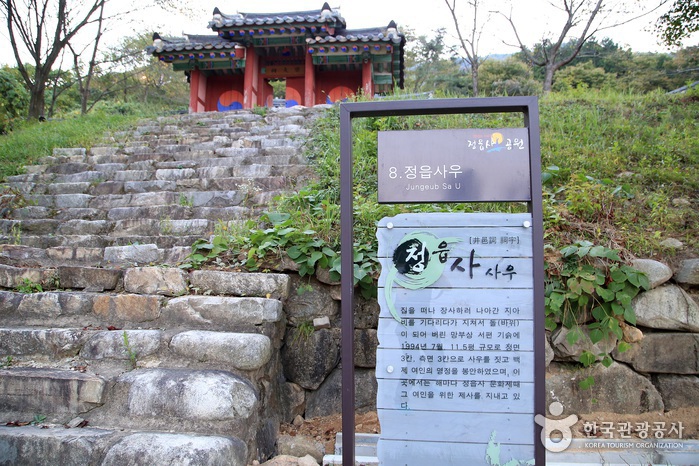
 English
English
 한국어
한국어 日本語
日本語 中文(简体)
中文(简体) Deutsch
Deutsch Français
Français Español
Español Русский
Русский